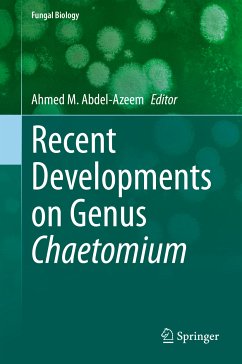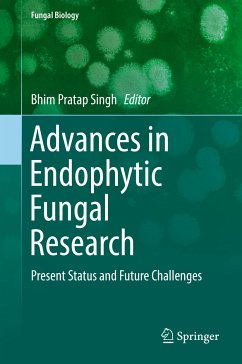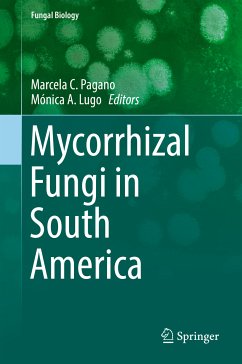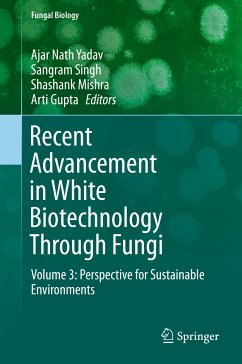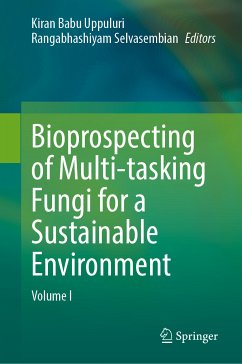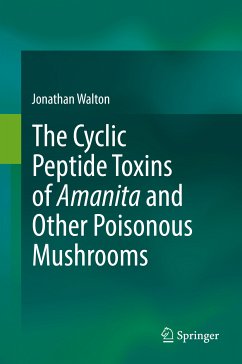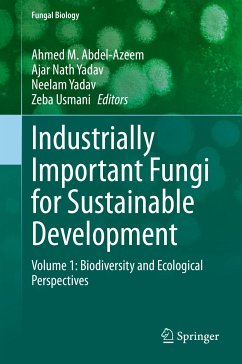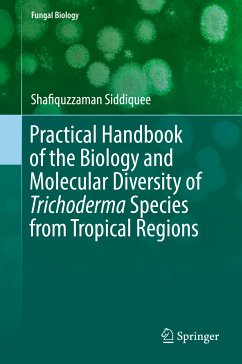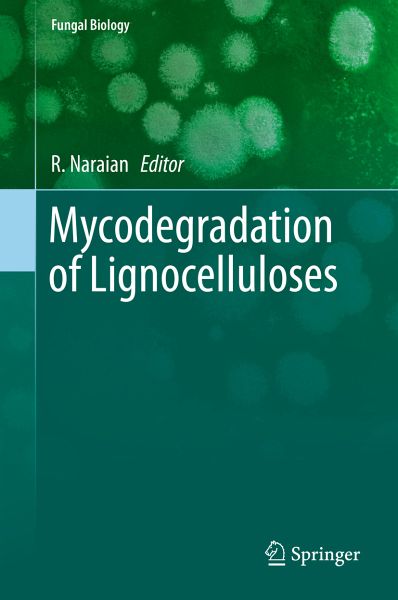
Mycodegradation of Lignocelluloses (eBook, PDF)
Versandkostenfrei!
Sofort per Download lieferbar
112,95 €
inkl. MwSt.
Weitere Ausgaben:

PAYBACK Punkte
56 °P sammeln!
This book provides a knowledge-based view to the dynamic capabilities in an organization. The author integrates two existing views on gaining competitive advantage: the Knowledge View which suggests that the capability of organizations to learn faster than competitors is the only source of competitiveness; and the Dynamic Capability View which speculates that a fi rm's competitive advantage rests on it's ability to adapt to changes in the business environment. Using the IT sector in India as a case study, this book provides and tests a new framework-Knowledge-Based Dynamic Capabilities-in the ...
This book provides a knowledge-based view to the dynamic capabilities in an organization. The author integrates two existing views on gaining competitive advantage: the Knowledge View which suggests that the capability of organizations to learn faster than competitors is the only source of competitiveness; and the Dynamic Capability View which speculates that a fi rm's competitive advantage rests on it's ability to adapt to changes in the business environment. Using the IT sector in India as a case study, this book provides and tests a new framework-Knowledge-Based Dynamic Capabilities-in the prediction of competitive advantage in organizations.
Dieser Download kann aus rechtlichen Gründen nur mit Rechnungsadresse in A, B, BG, CY, CZ, D, DK, EW, E, FIN, F, GR, HR, H, IRL, I, LT, L, LR, M, NL, PL, P, R, S, SLO, SK ausgeliefert werden.




